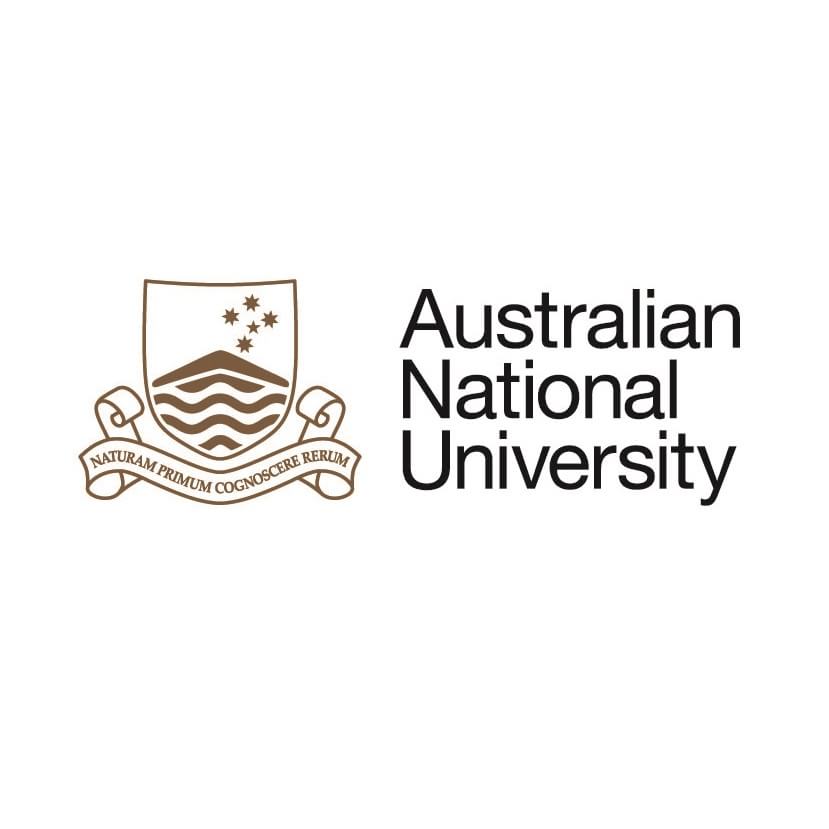Full description
Abstract: The Woodland Restoration Plot Network Invertebrate Data Package contains ant survey data for sixteen 0.02 hectare sites which were established in 2002. The sites were located on retired farmland that includes a mosaic of restored vegetation (native plantings) of varying ages juxtaposed with patches of remnant vegetation and untreated, abandoned pasture. All sites were originally woodland prior to agricultural development about 200 years ago. The plantings monitored by the Woodland Restoration Plot Network research plots commenced in 1992. A synopsis of related data packages which have been collected as part of the Woodland Restoration Plot Network’s full program is provided at https://doi.org/10.25911/5c36e5688ff89. Sampling method: The experimental design (Lomov 2009) was based on space-for-time substitution (Pickett 1989) with a chronosequence of four treatments. Ungrazed pasture was the control and represented the starting point of restoration; ‘younger revegetation’ of approximately 5 years since planting; ‘older revegetation’ of approximately 10 years since planting; and Cumberland Plain Woodland remnants were used as reference and represented the desired end point of restoration. Sixteen spatially independent sites comprise four replicates per treatment located 2–6 km apart and not connected through the same type of habitat. The genus group Anillomyrma is based on the description by Bolton (1987) http://ant.edb.miyakyo-u.ac.jp/AZ/Australia/FORMICIDAE/Myrmicinae/Solenopsidini/Anillomyrma/sp./index.html Study extent: The study site is located on retired farmland that includes a mosaic of restored vegetation (native plantings) of varying ages juxtaposed with patches of remnant vegetation and untreated, pasture (both grazed and abandoned). During their period of pastoral management (prior to 1990), the sites have been grazed by cattle, fertilised and planted with exotic pasture grasses, particularly Phalaris species. All sites were originally woodland prior to agricultural development about 200 years ago. Restoration projects commenced in the area in 1992 with a stated goal of ‘re-establishment of native vegetation’ (Perkins 1997). The restoration plantings were carried out in a pattern designed to connect remnant patches of woodland, which were also the primary sources of seed for tubestock. To evaluate success against the above goal, we therefore identified the remnants as suitable reference sites to which the restored sites were expected to increase their resemblance in composition and structure over time. Disturbance resulting from past agricultural practices in the area have impacted upon remnant patches to varying degrees, but these were the best available examples of native woodland in the region. Untreated pasture is defined as a control, from which restored sites are expected to become increasingly dissimilar in species composition and vegetation structure with time. Project funding: Between 2012 and 2018 this project was part of, and funded through the Long Term Ecological Research Network (LTERN) a facility within the Terrestrial Ecosystem Research Network (TERN) and supported by the Australian Government through the National Collaborative Research Infrastructure Strategy.Created: 2016-10-09
Data time period: 2002
text: Western Sydney Parklands (Western Sydney Regional Park) and Prospect Reservoir are situated approximately 30 km west of Sydney, and extend over an area of nearly 5,280 hectares.
User Contributed Tags
Login to tag this record with meaningful keywords to make it easier to discover


